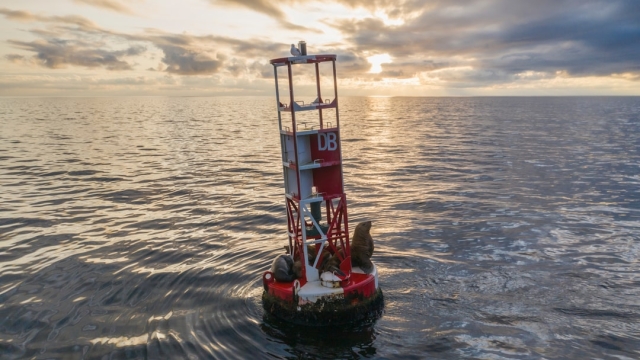In the world of aquaculture, achieving high levels of operational efficiency is paramount for sustainability and profitability. Fish farming, while a vital source of protein for many communities, faces various challenges that can hinder productivity. Factors such as resource management, environmental impact, and market demand require fish farmers to adopt strategies that enhance their operational efficiency. This article explores best practices, innovative technologies, and sustainable strategies that can help fish farms operate more effectively.
Best Practices for Fish Farm Management
Effective management practices form the backbone of successful fish farming operations. Understanding the specific needs of the fish species being cultivated is essential. Factors such as feeding, breeding, and water quality management play crucial roles in achieving optimal growth rates and minimizing losses. Here are some best practices to enhance operational efficiency:
1. Regular Monitoring and Maintenance
Routine checks on water quality parameters such as temperature, pH, and dissolved oxygen levels are vital. Maintaining optimal conditions not only promotes fish health but also reduces the risk of disease outbreaks. Implementing a scheduled maintenance calendar can streamline these efforts, ensuring that all systems are functioning correctly.
2. Efficient Feeding Strategies
Overfeeding can lead to waste accumulation, which negatively impacts water quality. Employing feeding strategies based on fish size and growth stage can minimize waste and enhance growth rates. Industry experts often recommend using automated feeding systems that adjust feed quantities based on real-time data, thereby improving feed conversion ratios and reducing costs.
3. Record Keeping
Accurate record-keeping is essential for tracking growth rates, health issues, and resource usage. Digital tools can assist in data management, providing insights that help farmers make informed decisions. This approach not only boosts productivity but also aids in compliance with regulatory requirements.
Innovative Technologies in Aquaculture
Innovation plays a critical role in advancing fish farm operational efficiency. Technologies that automate processes or provide real-time data can significantly enhance productivity and reduce labor costs. Here are some noteworthy innovations:
1. Automated Feeding Systems
Automated feeding systems utilize sensors and algorithms to determine the optimal feeding times and amounts. This not only reduces feed waste but also ensures that fish receive the right nutrients at the right times, promoting healthier growth and better feed conversion ratios.
2. Water Quality Monitoring Tools
Advanced water quality monitoring systems can provide continuous assessment of key parameters. By integrating sensors that relay data to a central management platform, farmers can quickly identify and rectify issues, ensuring a stable and healthy environment for fish. This proactive approach minimizes stress on fish and enhances survival rates.
3. Recirculating Aquaculture Systems (RAS)
RAS technology allows for efficient use of water by continuously filtering and reusing it within the system. This method drastically reduces water consumption and minimizes environmental impact, making it a sustainable choice for fish farming. Moreover, it enables farmers to maintain optimal conditions year-round, regardless of external weather conditions.
Strategies for Sustainable Fish Farming
As the demand for fish continues to rise, sustainable practices are becoming increasingly important. Implementing strategies that focus on environmental stewardship not only improves operational efficiency but also benefits the larger ecosystem. Here are some sustainable strategies:
1. Integrated Multi-Trophic Aquaculture (IMTA)
IMTA involves cultivating multiple species from different trophic levels in the same system. For example, fish can be raised alongside shellfish and seaweeds, which utilize waste products from fish as nutrients. This symbiotic relationship enhances resource efficiency and reduces waste.
2. Sustainable Sourcing of Feed
Utilizing sustainably sourced feed ingredients can significantly reduce the environmental impact of fish farms. Exploring alternative protein sources, such as insect meal or plant-based feeds, can contribute to both fish health and environmental sustainability.
3. Community Engagement and Education
Engaging with local communities and stakeholders fosters a culture of sustainability and shared responsibility. Educating staff and local fishers about best practices and the importance of environmental stewardship can lead to more sustainable operational practices across the board.
In conclusion, enhancing fish farm operational efficiency requires a multifaceted approach that integrates best management practices, innovative technologies, and sustainable strategies. By focusing on these areas, fish farmers can not only improve productivity but also contribute to the overall health of aquatic ecosystems. For more detailed insights on improving fish farm operational efficiency, explore resources that provide valuable information and support best practices in aquaculture.

